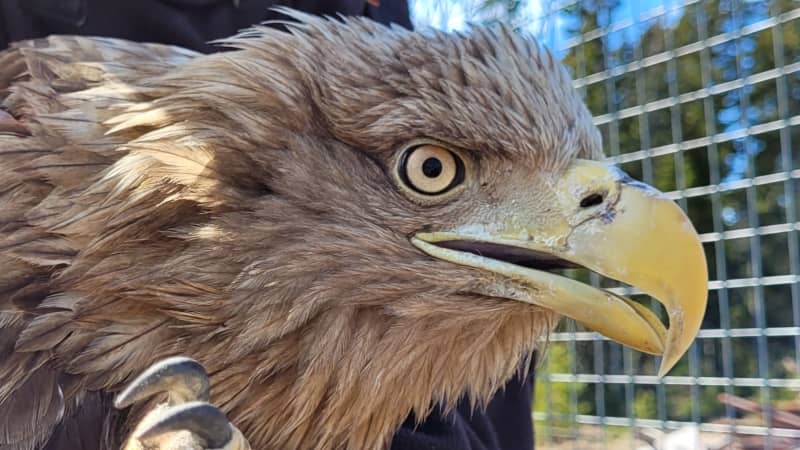
The white-tailed eagle was practically completely exhausted from the Baltic Sea for decades. Its prey species have time to adapt to a sea eagle-free environment.
However, the return of the white-tailed eagle has an impact on its prey species, especially the eider, whose population focus shifted to the inner archipelago specifically due to the influence of white-tailed eagles.
Thanks to conservation work and the reduction of environmental toxic load, the sea eagle population has grown significantly in the Baltic Sea in recent decades. At the same time, with the construction of the Lokka and Porttipahta reservoirs, a new suitable habitat for sea eagles was created in Lapland, where the growing sea eagle population also spread.
– As the sea eagle population grows, it is important to find out the possible effects on both natural prey species and natural livelihoods, such as reindeer husbandry. The return of the white-tailed eagle also offers a unique opportunity to study how prey populations respond to the suddenly increasing predation pressure, says Ekblad in a press release from the University of Turku.
Ekblad’s Doctoral Thesis will be reviewed at the University of Turku on Friday, December 2.
